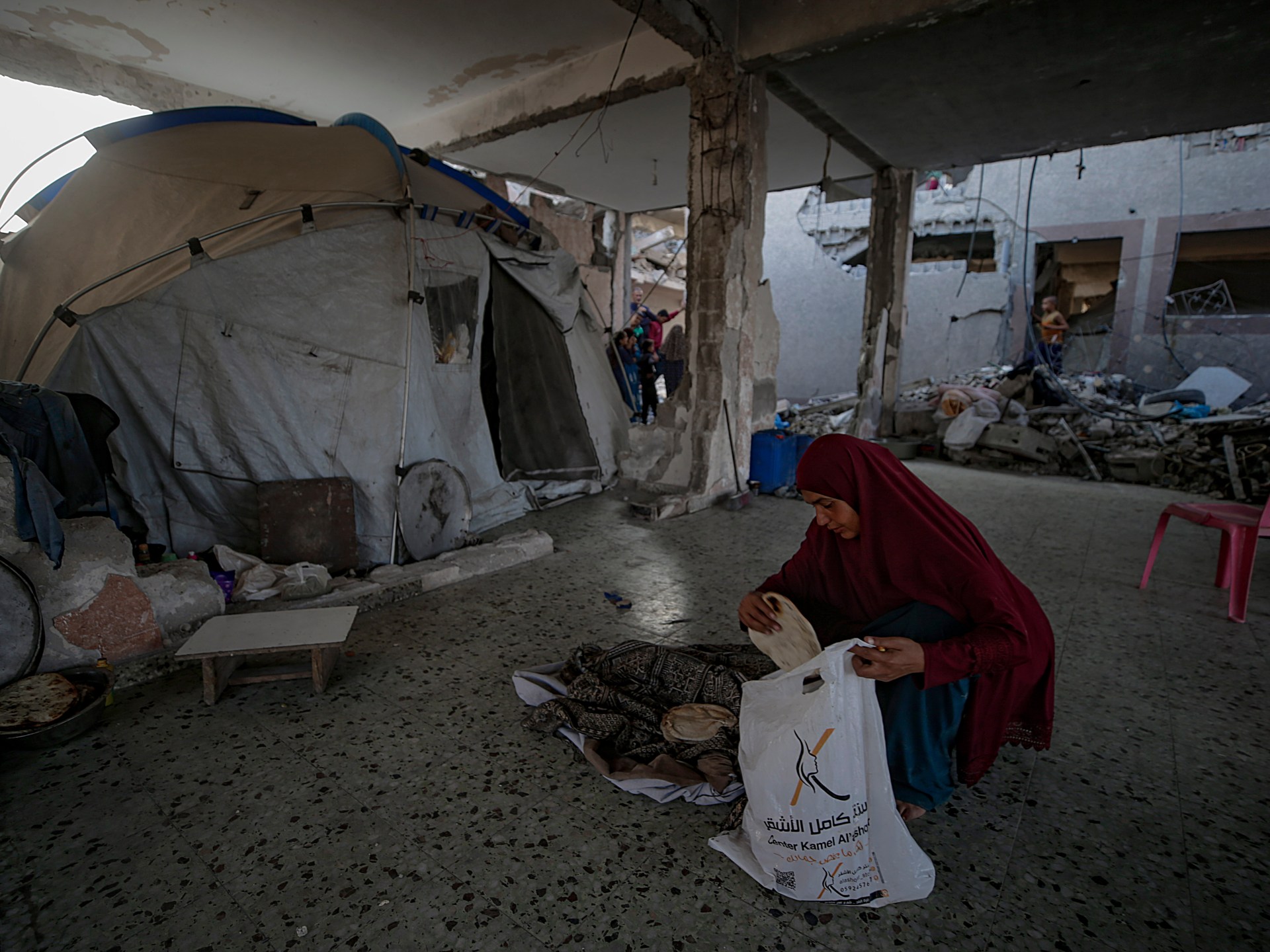As Israeli restrictions continue to obstruct deliveries across the bombarded enclave, aid organizations are “in a race against time” to get food and other humanitarian supplies into the Gaza Strip, according to a UN official.
A senior UN official noted that aid deliveries have increased since Israel and Hamas’ ceasefire came into effect last month during a news briefing on Tuesday.
Recommended Stories
list of 3 itemsend of list
However, only two crossings into Gaza are currently open, which severely limits the amount of aid available to WFP and other organizations, according to Abeer Etefa.
“We require full access. Everything must move quickly for us. We are competing against time. Winter is upon us. She said that the needs are “overwhelming” and that people are still suffering from hunger.
Since the ceasefire broke out on October 10, WFP, which currently operates 44 food distribution centers throughout Gaza, has distributed food parcels to more than one million Palestinians.
However, Etefa told reporters that getting to northern Gaza, where the world’s top hunger monitor confirmed famine conditions in August, still takes time because the food flow into the country is still insufficient.
The continued closure of northern crossings into the Gaza Strip poses a significant challenge. She said aid convoys are required to follow a winding, challenging route from the south.
WFP requires all crossings to be accessible, especially those in the north, for it to scale. To ensure that food is transported quickly and effectively to where it is needed, it is also crucial to have full access to important roads throughout Gaza.
As part of the ceasefire agreement, the Israeli army withdrew to the so-called “yellow line” and thousands of Palestinians have since returned to their homes in Gaza’s north.
However, the majority of those who were bombarded by Israel for two years discovered that their homes and neighborhoods had been completely destroyed. Many families are still living in tents and other temporary shelters because of this.
Palestinian father-of-five Khalid al-Dahdouh returned to Gaza City to find his home in ruin. Since then, he has used rubble-recycled bricks to hold his family together and a small shelter.
He told Al Jazeera, “We tried to rebuild because winter is approaching.”
Since there is no cement, “we built a primitive structure out of mud,” according to the statement “we don’t have tents or anything else.”
As outlined in the ceasefire agreement, the UN and other aid organizations have been pressing Israel to allow more supplies into the Strip, especially given how harsh winter conditions are expected for Palestinians.
Between October 10 and October 31, according to Gaza’s Government Media Office, 3, 203 commercial and aid trucks brought supplies into Gaza on average every day, or just 24 percent of the 600 trucks that are scheduled to enter daily as part of the deal.
In addition to destroying homes and other structures, the Israeli army has continued to attack Gaza.
After an Israeli quadcopter opened fire in the Tuffah neighborhood east of Gaza City on Tuesday, one person was killed and one was hurt. A source at al-Ahli Arab Hospital also reported to Al Jazeera that a person had been killed by Israeli army fire in Jabalia, in northern Gaza.
Since the ceasefire’s implementation, the Gaza-based Ministry of Health has claimed that at least 240 Palestinians have died and 607 have been injured in Israeli attacks.
Hamas is accused of breaking the deal by not releasing all the bodies of Israeli captives who had died from the territory, but Israeli leaders have refuted criticism of those attacks and the ongoing restrictions on humanitarian aid.
Source: Aljazeera

Leave a Reply